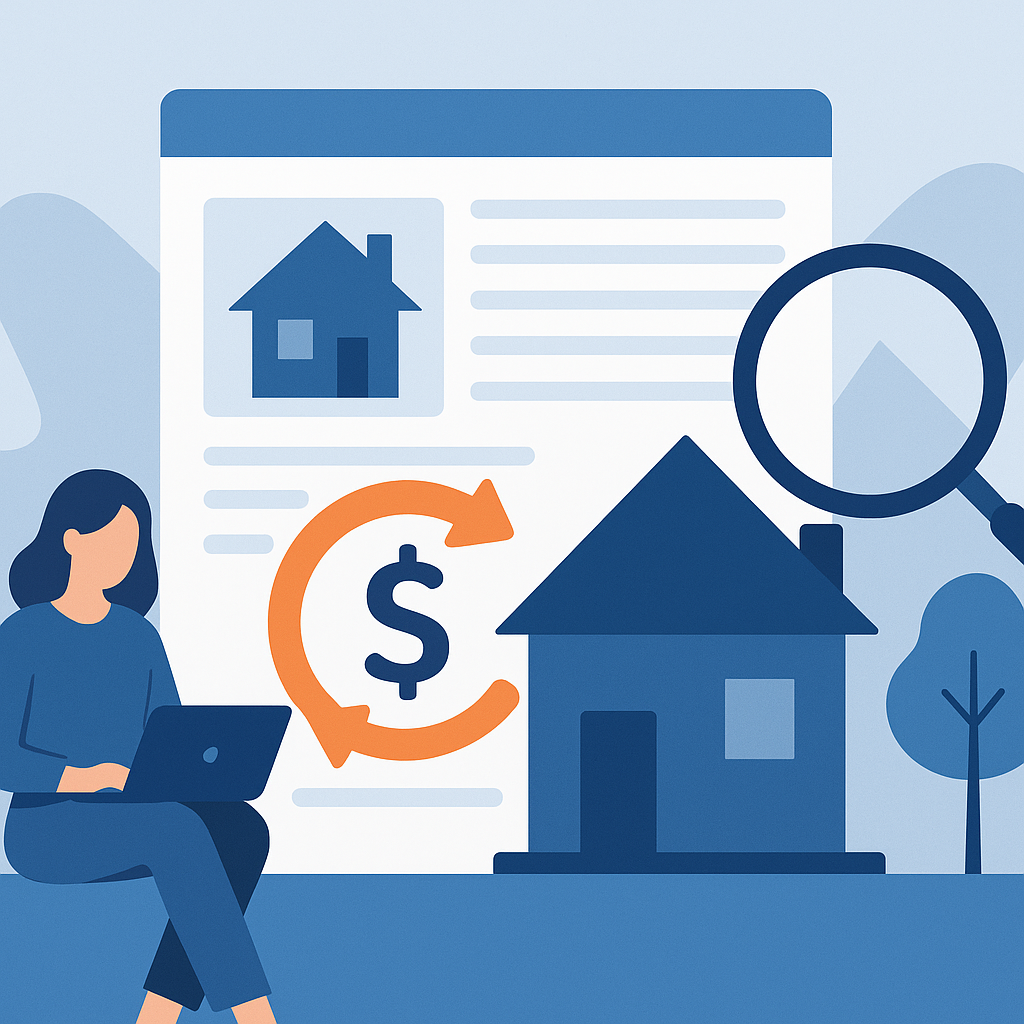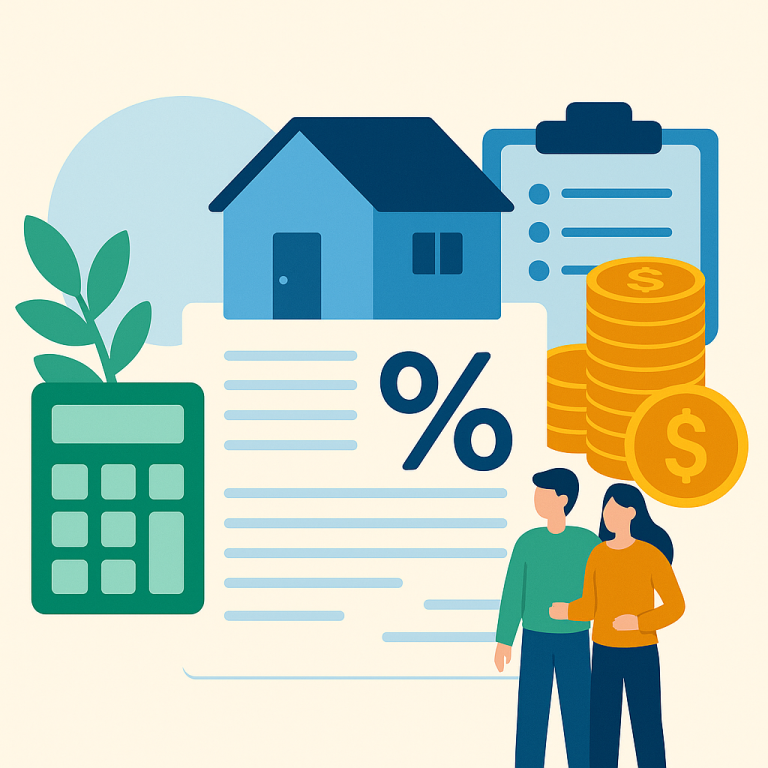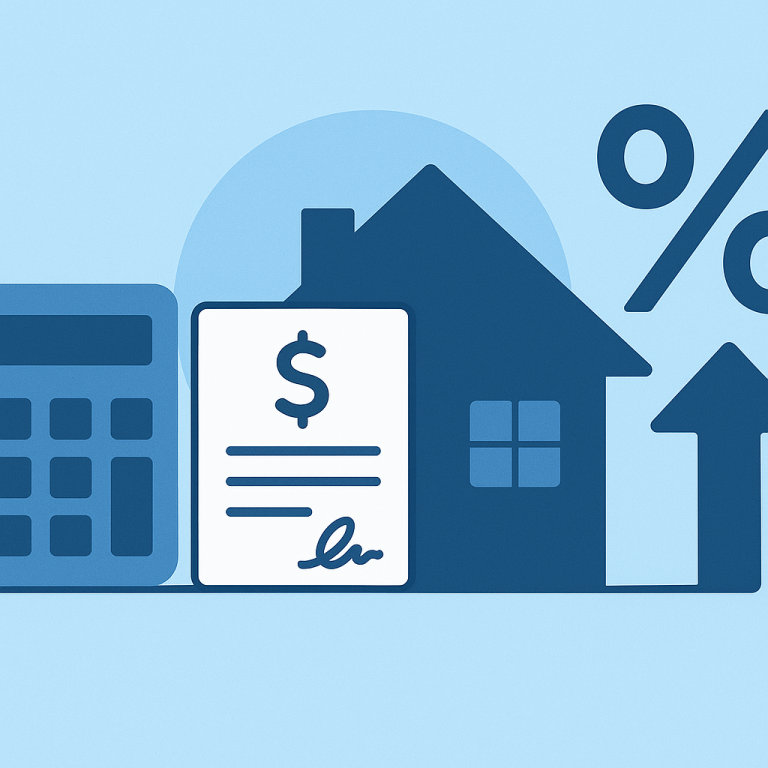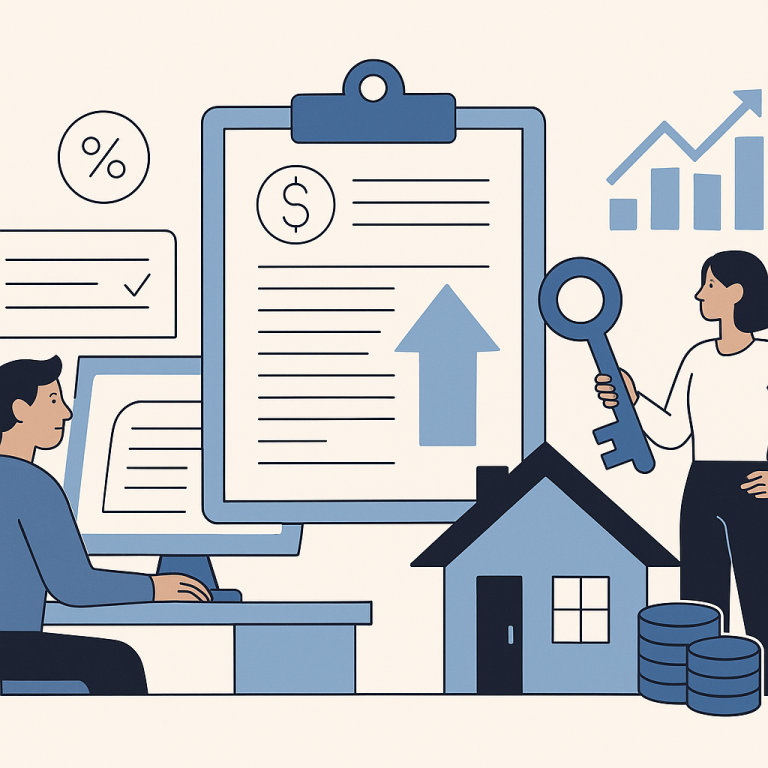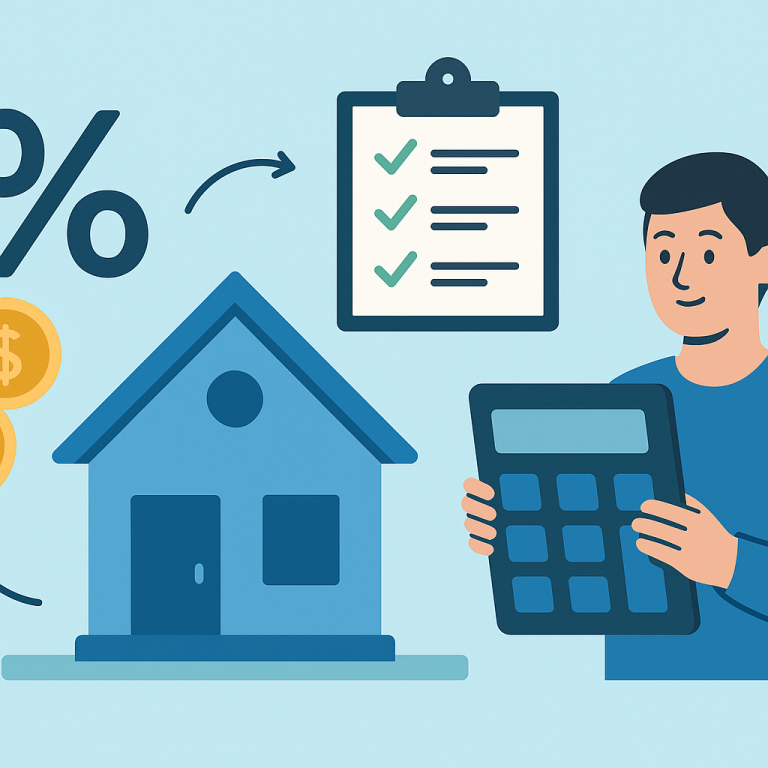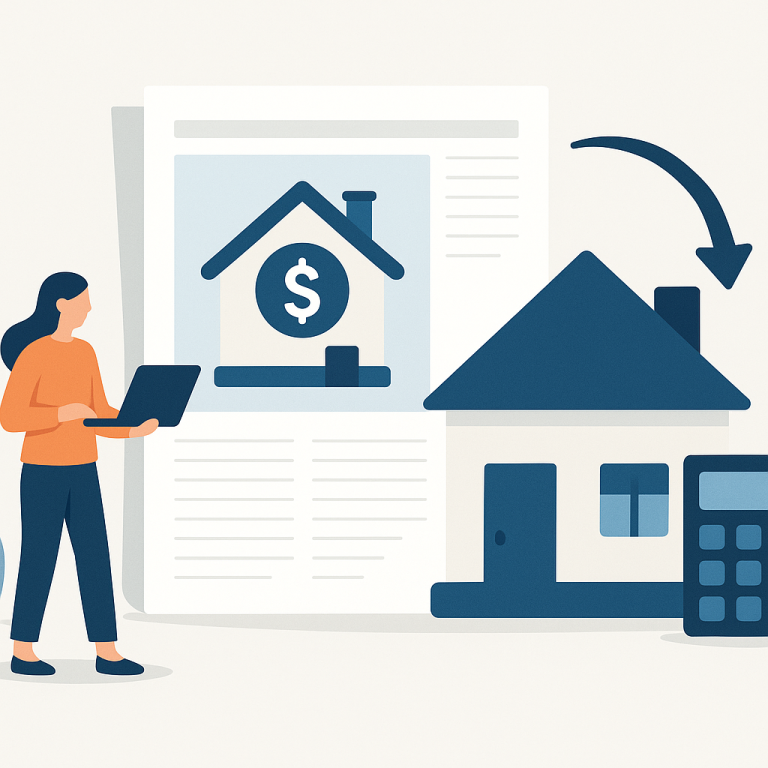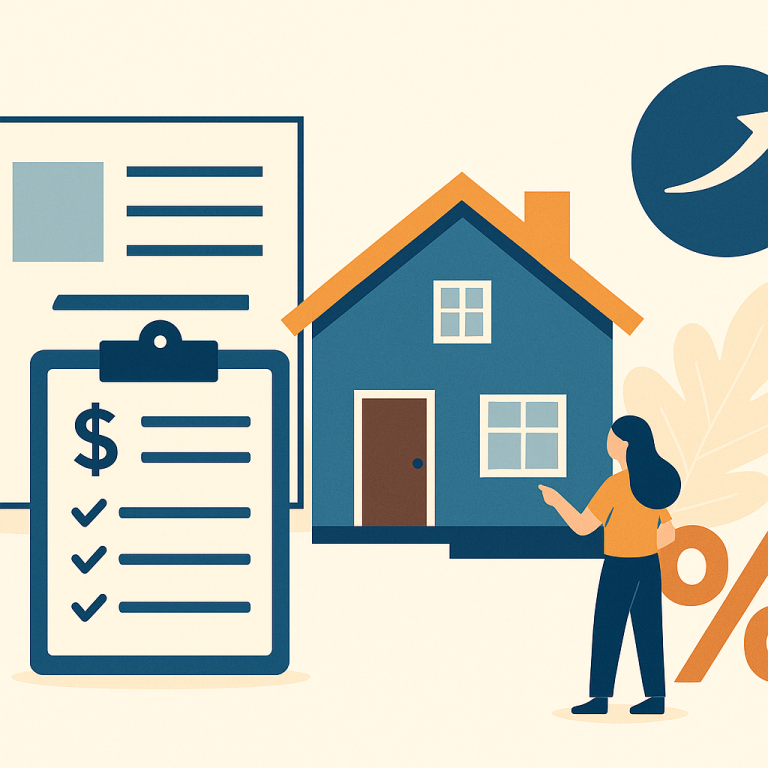Major Lender Cuts Refinancing Fees, Lowers Rates for 30-Year Fixed Loans
When Refinancing Makes Sense: Use Break-Even Analysis to Decide
As mortgage rates shift, many homeowners consider refinancing to lower monthly payments or shorten loan terms. The critical question is not whether a lower rate is available, but whether the up-front costs of refinancing are justified by the savings over the homeowner’s expected timeframe. A break-even analysis — comparing closing costs to monthly savings — provides a clear, objective way to determine whether refinancing aligns with financial goals.
What Drives the Break-Even Decision
Three variables determine the break-even point for most refinance decisions: the difference between the current and new interest rate, the amount remaining on the loan, and the total closing costs. A larger rate reduction and a higher outstanding balance generally produce greater monthly savings, which shortens the time needed to recoup upfront fees. Conversely, higher closing costs, a short remaining term, or a plan to move soon will extend the payback period and can make refinancing less attractive.
Beyond Simple Rate Comparison
Homeowners should consider more than the headline rate. Converting from an adjustable-rate mortgage to a fixed-rate loan can provide predictability even if the immediate savings are modest. Shortening the loan term can increase monthly payments while cutting total interest paid. Cash-out refinances increase available liquidity but raise loan balance and may lengthen break-even time. Private mortgage insurance, prepayment penalties, and lender credits also affect the calculation and should be included in any assessment.
How to Approach the Analysis
- Identify all refinance costs: include lender fees, third-party charges, and any prepayment penalties on the existing loan.
- Calculate likely monthly savings by comparing the new payment (including any change in term or loan balance) to the current payment.
- Divide total refinance costs by the monthly savings to estimate the break-even point in months. Compare this to how long you expect to keep the property or the loan.
- Review the amortization schedule to see how much interest versus principal is affected; early in a loan, a larger share of savings usually goes to interest reduction.
- Request loan estimates from several lenders to compare fees and rates; small differences in closing costs can change the decision.
Homeowner Takeaways
Refinancing often makes sense when the break-even period is comfortably shorter than the homeowner’s expected time in the home or holding period for the loan. If you expect to move or sell soon, the up-front costs can outweigh benefits even when rates have declined. Conversely, if you plan to stay long term and the new loan reduces the interest burden or secures payment stability, the refinance can be a useful financial move.
Always factor non-rate motivations into your decision: converting loan types, removing or adding borrowers, or accessing home equity can be valid reasons independent of immediate savings. Finally, compare offers from multiple lenders and read the loan estimate closely to ensure the projected savings are realistic.
When evaluated against a homeowner’s specific timeline and goals, a methodical break-even analysis converts an emotional reaction to falling rates into a disciplined financial decision.
META: refinancing-break-even-analysis

